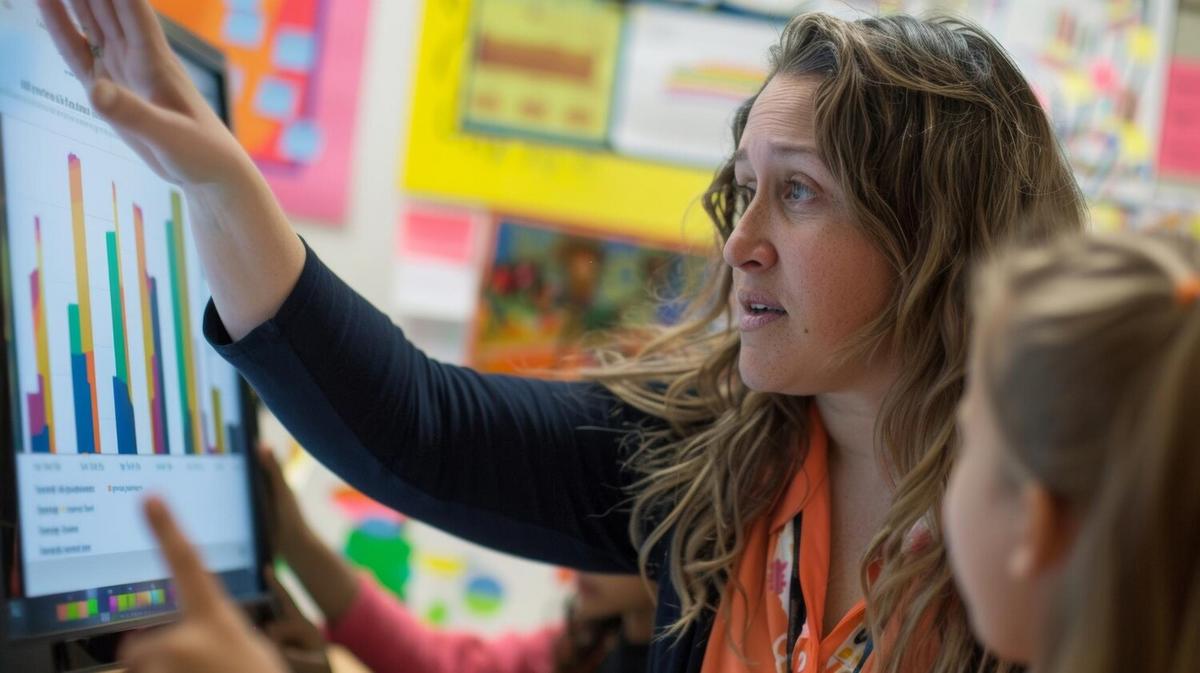The role of big data in shaping educational policies is becoming increasingly significant as educational institutions strive to improve outcomes and adapt to the demands of the digital age.
Big data is transforming various sectors, and education is no exception. By analyzing extensive data sets, policymakers can make informed decisions that enhance educational strategies. This article delves into the impact of big data on educational policies and how it is driving innovative changes in the education sector.
The Influence of Big Data
Big data provides valuable insights into student performance, learning methodologies, and institutional efficiency. According to a report by the World Economic Forum, data-driven education systems can lead to more personalized learning experiences, ultimately improving student engagement and success rates.
Expert Opinions
Dr. Emily Chen, an education technology researcher, emphasizes the importance of data analytics in education: “Data-driven decisions allow educators to tailor learning experiences to individual student needs, fostering a more inclusive and effective learning environment.” Her insights are corroborated by studies showing improved student outcomes in data-informed educational settings.
Relevant Statistics
The Education Data Initiative reports that schools utilizing big data analytics have witnessed a 20% increase in student retention rates. This statistic underscores the potential of big data to revolutionize educational policy and practice.
Personal Anecdotes
Consider the case of a middle school in California that implemented a data-driven approach to track student progress. By identifying patterns in attendance and performance, the school was able to provide targeted interventions, resulting in a significant uptick in student achievement.
Actionable Tips for Educators
- Invest in training programs for teachers to understand data analytics.
- Collaborate with data scientists to interpret educational data effectively.
- Encourage open communication between administrators and educators regarding data insights.
Utilize data visualization tools to make complex data easily understandable for all stakeholders.
Comparison Table: Traditional vs. Data-Driven Educational Policies
| Aspect | Traditional Policies | Data-Driven Policies |
|---|---|---|
| Decision-Making | Based on assumptions and past practices | Informed by real-time data analysis |
| Student Engagement | Generalized approaches | Personalized learning experiences |
| Resource Allocation | Fixed budgets | Optimized based on data insights |
| Performance Tracking | Annual evaluations | Continuous monitoring |
| Feedback Mechanism | Limited to surveys | Immediate through data feedback |
| Technology Integration | Minimal | Extensive use of EdTech tools |
| Student Support | Standardized programs | Customized support services |
| Policy Adaptability | Slow to change | Dynamic and responsive |
Frequently Asked Questions
What is big data in education?
Big data in education refers to the vast amount of information collected from various educational sources to analyze and improve educational outcomes.
How does big data impact educational policies?
Big data influences educational policies by providing insights that help in creating personalized learning paths and improving resource allocation.
Conclusion
As we’ve explored, big data plays a crucial role in shaping educational policies, offering a pathway to more effective and personalized education systems. By embracing data-driven decision-making, educational institutions can better meet the needs of their students and foster a culture of continuous improvement.



Leave a Reply